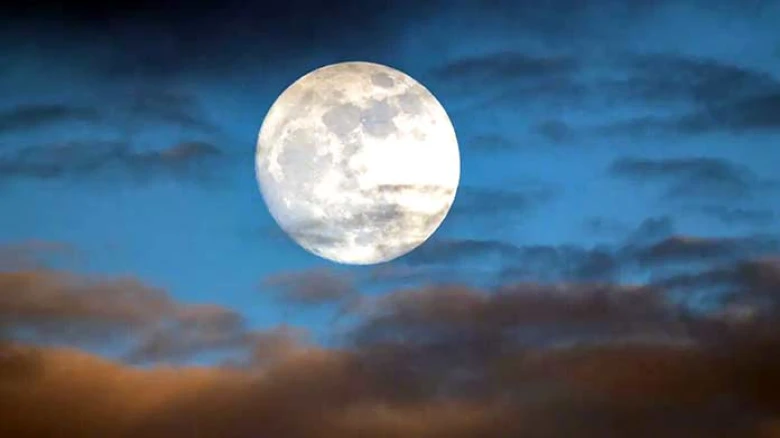Sports

The Lunar Surface Electromagnetics Experiment-Night (LuSEE-Night) telescope aims to help cosmologists in solving some of the universe's most perplexing mysteries...
Digital Desk: A team of scientists from the US Department of Energy (DOE) and NASA is working on a novel radio telescope that will be landed on the far side of the moon and help to investigate an unexplored era in the early universe.
The Lunar Surface Electromagnetics Experiment-Night (LuSEE-Night) telescope aims to help cosmologists in solving some of the universe's most perplexing mysteries, such as the nature of dark energy and the formation of the universe itself.
The lunar far side is an inhospitable location where there is sufficient radio silence to pick up the dark ages transmission. The dark ages are an early era of cosmological history, starting about 380,000 years after the Big Bang, and there were no stars or planets.
However, the perilous environment on the lunar far side offers scientific equipment little chance of survival, let alone transmitting data back to Earth.
The lunar far side is completely dark for 14 Earth days, followed by 14 days of brutal sunlight. Temperatures fluctuate between 250 and -280 degrees Fahrenheit as a result, and drastic changes can occur in a matter of hours.
"The Moon is easier to reach than Mars, but everything else is more challenging," said Paul O’Connor, a senior scientist in DoE’s Brookhaven National Laboratory and LuSEE-Night Project Instrument Scientist.
"There’s a reason only one robotic rover has landed on the Moon in the last 50 years, while six went to Mars, which is 100 times farther away. It’s a vacuum environment, which makes removing heat difficult, and there’s a bunch of radiation," he added.
LuSEE-Night must reject heat in a vacuum environment during the day and prevent itself from freezing at night — all while powering itself through 14 days of continuous darkness and performing first-of-its-kind science.
"The power has to come from a battery, which can only be so efficient due to its size," O'Connor noted.
Further, Brookhaven physicist Anze Slosar stated that "LuSEE-Night is not a standard radio telescope," but will be "more of a radio receiver."
"It will function similarly to an FM radio by detecting radio signals in a comparable frequency range. The spectrometer is at the center of it all. It can separate radio frequencies, much like a radio tuner, and convert data into spectra," he said.
After landing on the lunar far side, the LuSEE-Night lander will turn off forever to avoid causing interference. The telescope will then deploy four three-metre-long antennas on a turntable for data collection. Then LuSEE-Night must confront its most difficult challenge: surviving its first night on the lunar far side.
Scientists on Earth will patiently wait 40 days for LuSEE-Night to gather and send its first dataset to a relay satellite that communicates with Earth. Until then, they won’t know if LuSEE-Night survived.
Leave A Comment